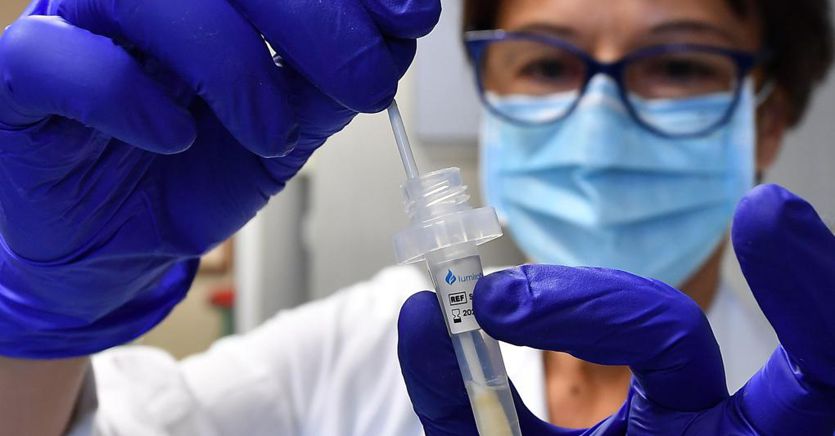The current phase of circulation of the coronavirus, alongside the relative low pressure on hospitals despite high numbers in infections, is also showing an upward trend in reinfections. From 24 August 2021 to 6 April 2022, 319,005 cases of reinfection were reported, equal to 3.1% of the total. According to data from the Higher Institute of Health, in the last week the percentage of the total reported cases was 4.1%, an increase compared to the previous week when the percentage was 3.5%.
Women and young people among the most affected
The analysis of the risk of reinfection starting from 6 December 2021 shows an increase in people with the first diagnosis of Covid notified for over 210 days compared to those who had the first diagnosis between the previous 90 and 210 days; in subjects not vaccinated or vaccinated with at least one dose over 120 days compared to vaccinated with at least one dose within that time. Then, in females compared to males. “The greater risk in female subjects may probably be due to the greater presence of women in the school environment (> 80%) where an intense screening activity is carried out and to the fact that women perform the role of caregiver in the family more often », The ISS experts write. Again, in the younger age groups (from 12 to 49 years) compared to people with the first diagnosis between the ages of 50-59 years. According to the experts “it is likely that the greater risk of reinfection in the younger age groups is attributable to higher risk behaviors”, compared to the age groups over 60 years. Finally, in health workers than the rest of the population.
The key role of variants
To all this are added factors intrinsically linked to the evolution of SARS-CoV-2. “The Omicron family (including sub-variants) is a very contagious variant with an Rt equal to that of measles (16/18), so it takes very little to get infected and it all depends on people’s behavior and in particular on the use of masks that, even if removed on the outside, they must be worn in case of gatherings. And absolutely still indoors, ”he points out Massimo Ciccozzi, head of the Medical Statistics and Epidemiology Unit of the Campus Bio-Medico of Rome. «The analysis of the ISS highlights some classes at greater risk, attention, not because the virus discriminates. The virus does its job of infecting and reproducing indefinitely ».
Towards the hottest season
On a more general level, «having a risk of reinfection is plausible since those who are infected with the Delta variant, for example, can reinfect themselves with Omicron, in fact we are talking about different variants. Hitting one age group over another, or one gender over another, depends solely on the different risk factor to which they are subjected and on individual behavior, certainly not on the virus “. However, Ciccozzi warns, “if on the one hand the contagion is very simple, on the other hand, those who have the three doses of vaccine experience very light symptoms of illness such as a sore throat, low-grade fever, nothing more than a big cold in short”. In order to avoid worse consequences, vaccination with three doses is thus confirmed. “While the fourth is only recommended for very old or very frail people, not for everyone. Since it is a vaccine we say “old”, which gives protection with circulating antibodies for a couple of months, we expect to reach the threshold of the real hot season ».
Herd immunity, because it is a chimera
The rate of documented reinfections, sometimes occurring relatively quickly after initial infection, as well as the high number of infections with Omicron even among the fully vaccinated, implies that herd immunity is in all likelihood impossible, even if seroprevalence reached – purely theoretical – 100 percent. This demonstrates how relying on herd immunity to manage Covid, rather than on containment strategies until the large-scale availability of a vaccine, has been a lost bet by many countries (and won by Italy). Due to the presence of variants, the coronavirus will continue to circulate and reinfect people.
